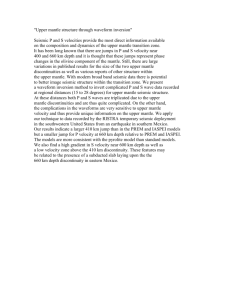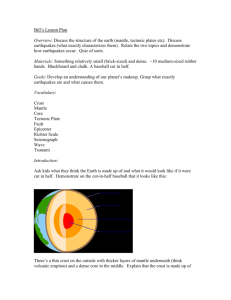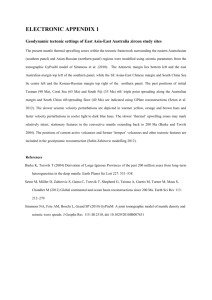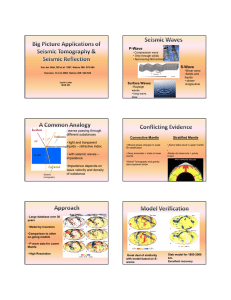Media Release
advertisement
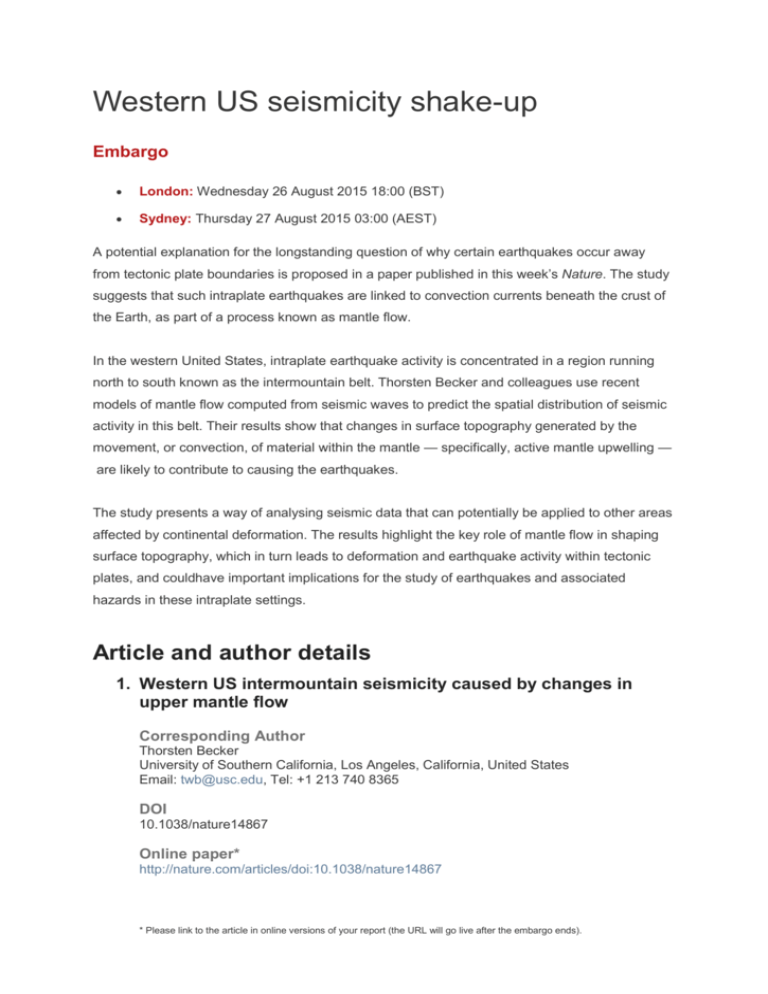
Western US seismicity shake-up Embargo London: Wednesday 26 August 2015 18:00 (BST) Sydney: Thursday 27 August 2015 03:00 (AEST) A potential explanation for the longstanding question of why certain earthquakes occur away from tectonic plate boundaries is proposed in a paper published in this week’s Nature. The study suggests that such intraplate earthquakes are linked to convection currents beneath the crust of the Earth, as part of a process known as mantle flow. In the western United States, intraplate earthquake activity is concentrated in a region running north to south known as the intermountain belt. Thorsten Becker and colleagues use recent models of mantle flow computed from seismic waves to predict the spatial distribution of seismic activity in this belt. Their results show that changes in surface topography generated by the movement, or convection, of material within the mantle — specifically, active mantle upwelling — are likely to contribute to causing the earthquakes. The study presents a way of analysing seismic data that can potentially be applied to other areas affected by continental deformation. The results highlight the key role of mantle flow in shaping surface topography, which in turn leads to deformation and earthquake activity within tectonic plates, and couldhave important implications for the study of earthquakes and associated hazards in these intraplate settings. Article and author details 1. Western US intermountain seismicity caused by changes in upper mantle flow Corresponding Author Thorsten Becker University of Southern California, Los Angeles, California, United States Email: twb@usc.edu, Tel: +1 213 740 8365 DOI 10.1038/nature14867 Online paper* http://nature.com/articles/doi:10.1038/nature14867 * Please link to the article in online versions of your report (the URL will go live after the embargo ends).


